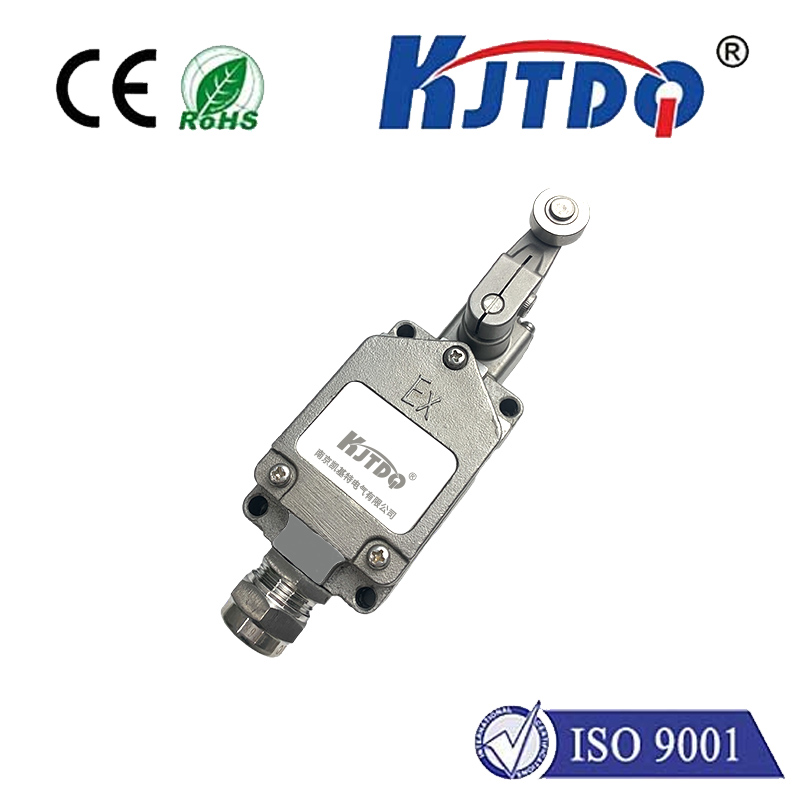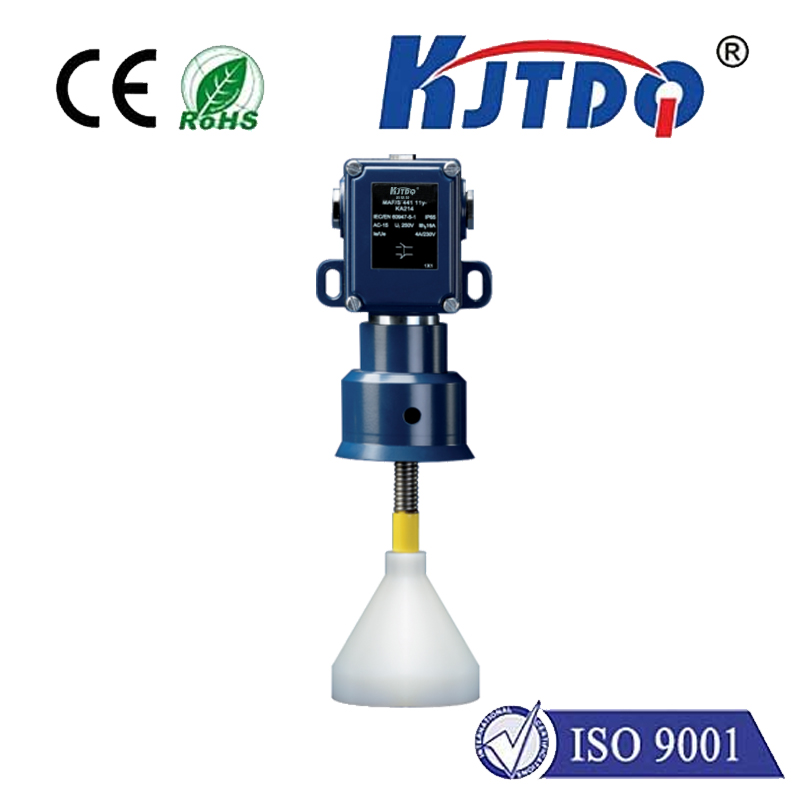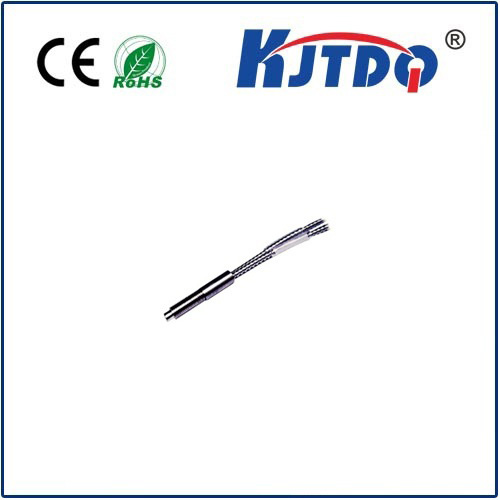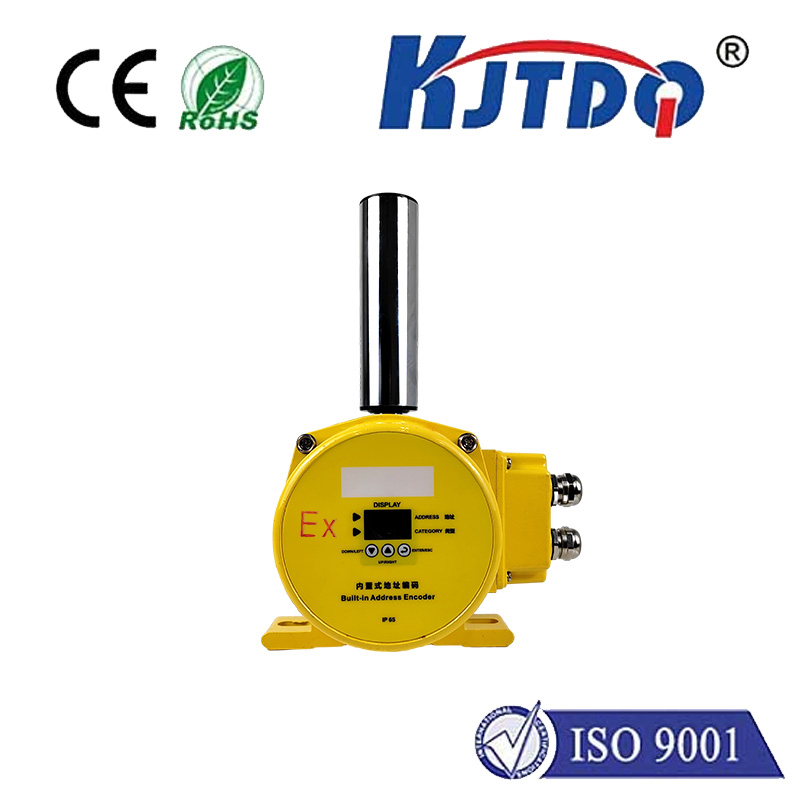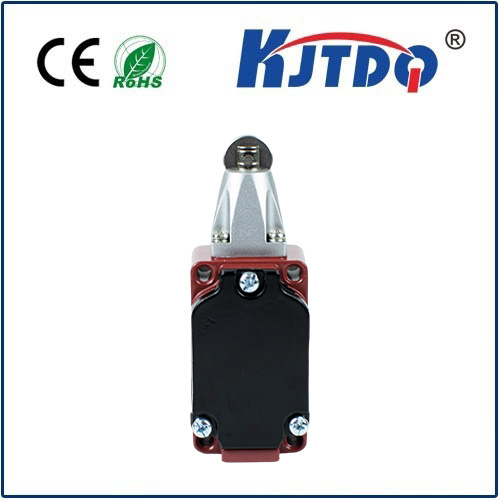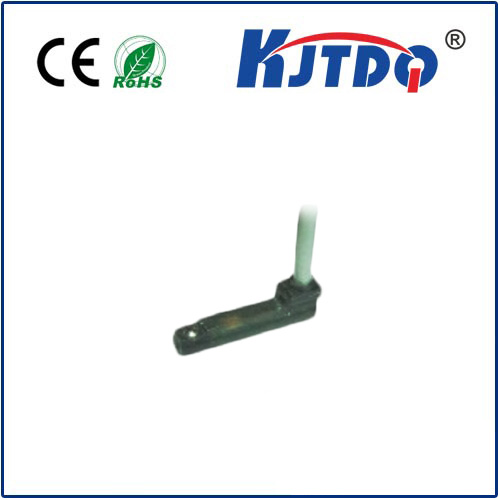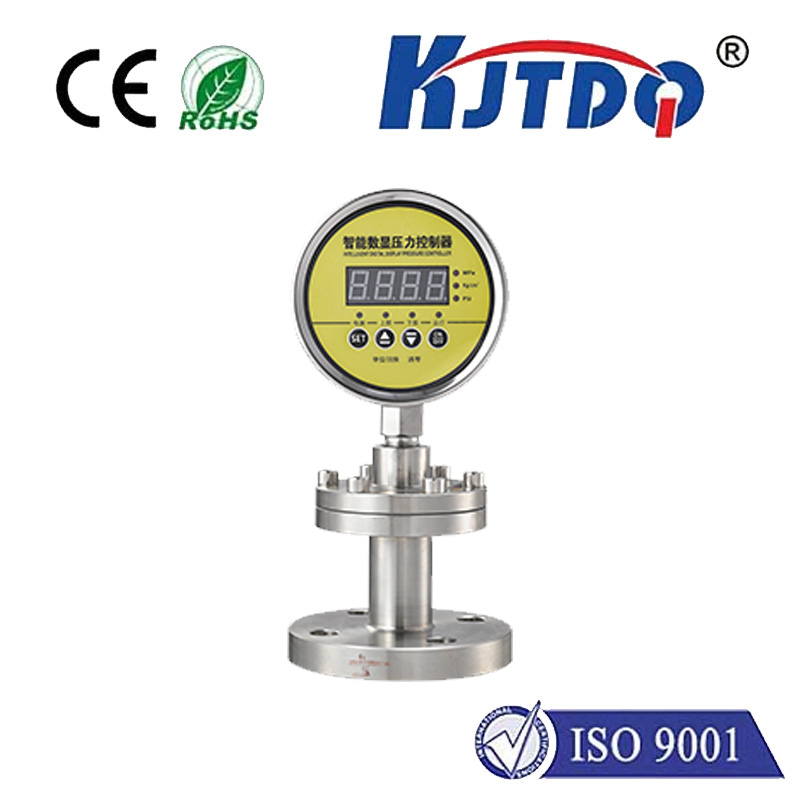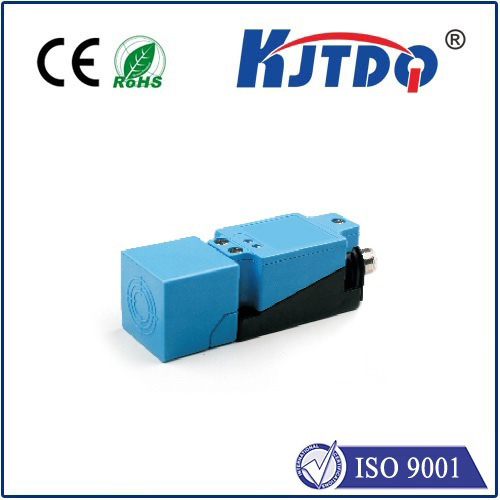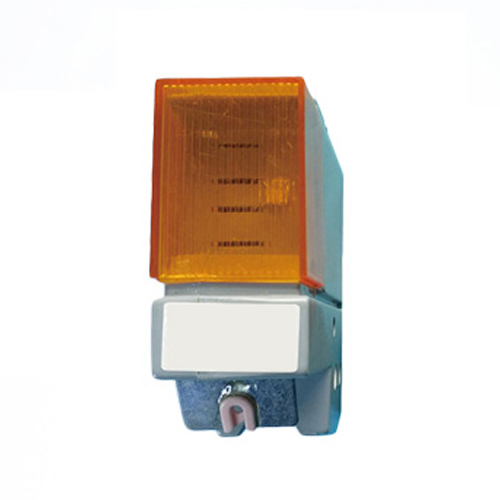

check

check

check

check

check

check

check

check

check

check
Working of Photo Sensor: Understanding its Principles and Applications
The photo sensor, also known as an optical sensor or light sensor, is a device that detects the presence or absence of light. It works by converting light energy into electrical signals that can be processed by other electronic devices. In this article, we will explore the working principles and applications of photo sensors.
Photo sensors consist of a light-sensitive material, such as silicon or selenium, that is exposed to light. When light hits the material, it causes electrons to be released from their atoms. These free electrons then flow through the material, creating an electrical current. The intensity of the current depends on the amount of light hitting the sensor.

There are two main types of photo sensors: active and passive. Active photo sensors generate their own light source, while passive photo sensors rely on external light sources. Passive photo sensors are more common and are used in various applications, including automatic street lighting, security systems, and cameras.
One of the most common applications of photo sensors is in automatic lighting systems. For example, when it gets dark outside, the photo sensor detects the lack of light and triggers the lights to turn on automatically. Similarly, when it gets brighter outside, the photo sensor detects the increase in light and turns off the lights. This not only saves energy but also provides convenience for people who do not have to manually switch the lights on and off.
Another application of photo sensors is in security systems. Many security systems use photo sensors to detect motion or changes in light levels. For instance, if someone enters a room with low light levels, the photo sensor detects the change in light levels and triggers an alarm or notification. This helps to prevent unauthorized access to sensitive areas or alert homeowners to potential threats.
Photo sensors are also used in cameras to adjust exposure settings based on the available light. The camera's photo sensor measures the amount of light entering the lens and adjusts the aperture, shutter speed, and ISO settings accordingly. This ensures that the image is properly exposed and avoids overexposure or underexposure.
In addition to these applications, photo sensors are used in various other industries, such as agriculture, medicine, and transportation. For example, they are used to monitor crop growth and health, measure blood oxygen levels, and control traffic signals.
In conclusion, photo sensors are essential components in many electronic devices and systems. They work by converting light energy into electrical signals that can be processed by other devices. From automatic lighting systems to security systems and cameras, photo sensors play a crucial role in our daily lives. As technology continues to advance, we can expect to see even more innovative applications of photo sensors in the future.
